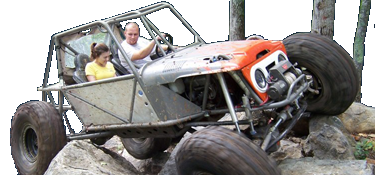RRADFORD9ER
New Member
- Joined
- Dec 3, 2006
- Location
- Asheville
I'm looking for some advice for buying my first welder. I'm a beginner, so I'll be learning from scratch. I'm looking into taking a class at the local tech college over the summer.
When I'm looking for a welder, what should I look for? Should I start on a stick welder or MIG? Whatever I buy will probably be second hand, found on CL, or from a friend. I'm not looking to fab intense stuff like a cage or a bumper, but I would like to be able to make some simple skids and some coil retainers.
When I'm looking for a welder, what should I look for? Should I start on a stick welder or MIG? Whatever I buy will probably be second hand, found on CL, or from a friend. I'm not looking to fab intense stuff like a cage or a bumper, but I would like to be able to make some simple skids and some coil retainers.



 I never went back (and turned out OK, I think...
I never went back (and turned out OK, I think...  )
)